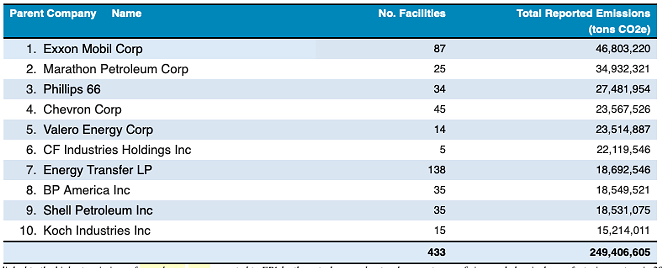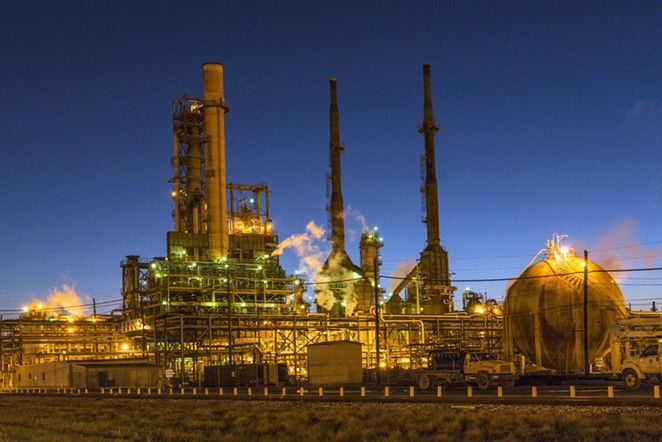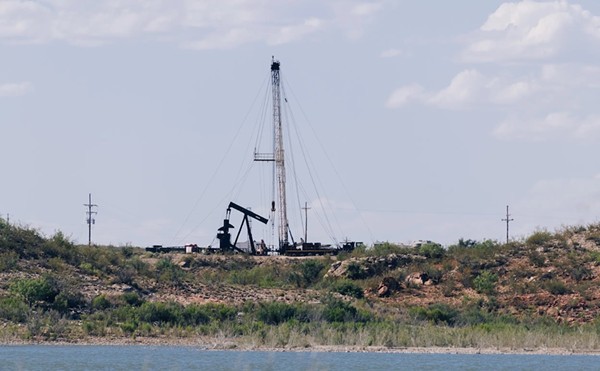Valero's 14 production facilities — including several in Texas — released a total of 23.5 million tons of carbon emissions 2019, the Environmental Integrity Project reports, citing data from the Environmental Protection Agency and the Energy Information Administration.
That puts the independent refiner ahead of fossil fuel heavyweights such as BP America Inc., Shell Petroleum Inc. and Koch Industries Inc., according to EIP's national online database of emitters. Exxon Mobil Corp. topped the list, releasing 46.8 million tons of greenhouse gases last year.
Valero had no immediate comment on the report.
Greenhouse gases such as carbon dioxide, methane and fluorinated gases trap heat in the atmosphere, contributing to rising global temperatures. While some of those gases occur naturally, fossil fuel production has accelerated the pace of climate change, according to scientific research.

“The oil and gas industry is in a slump now, and there’s talk of a transition to a cleaner energy economy — but it’s very likely that greenhouse gas pollution from this sector will surge back upward as the economy improves the next few years,” EIP Senior Research Analyst Alexandra Shaykevich said in an emailed statement.
Stay on top of San Antonio news and views. Sign up for our Weekly Headlines Newsletter.



















